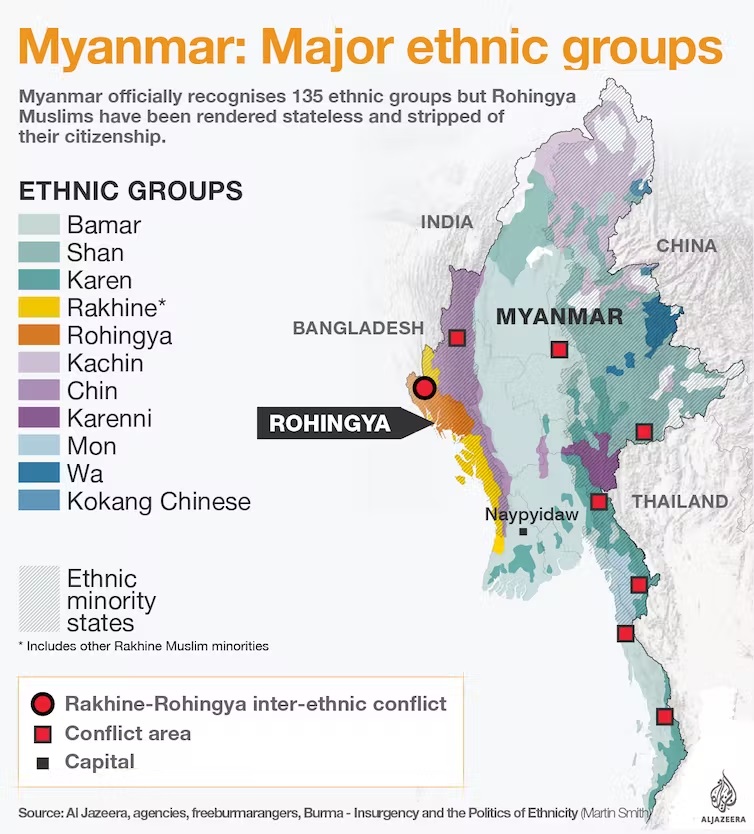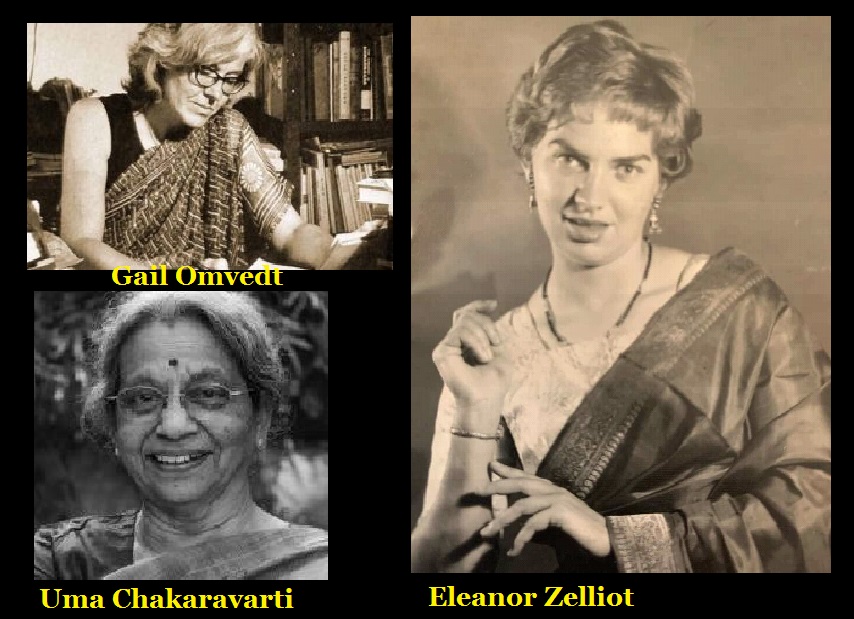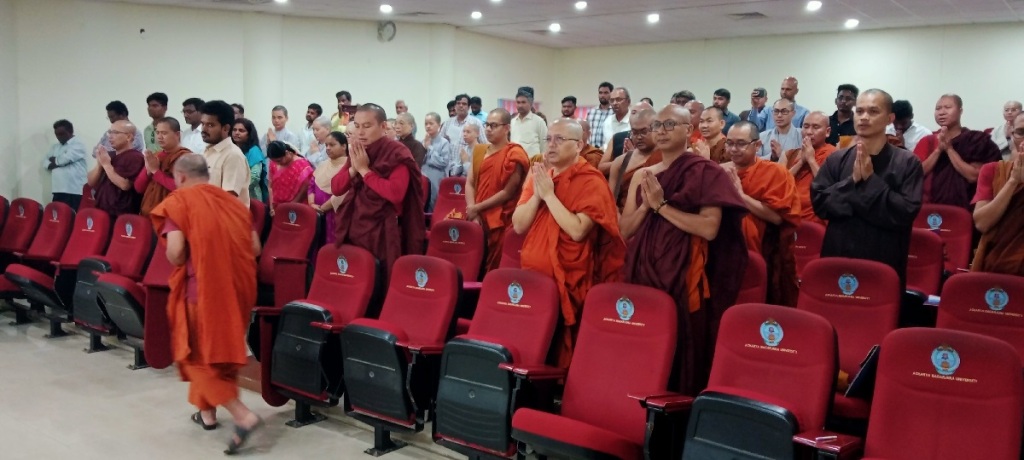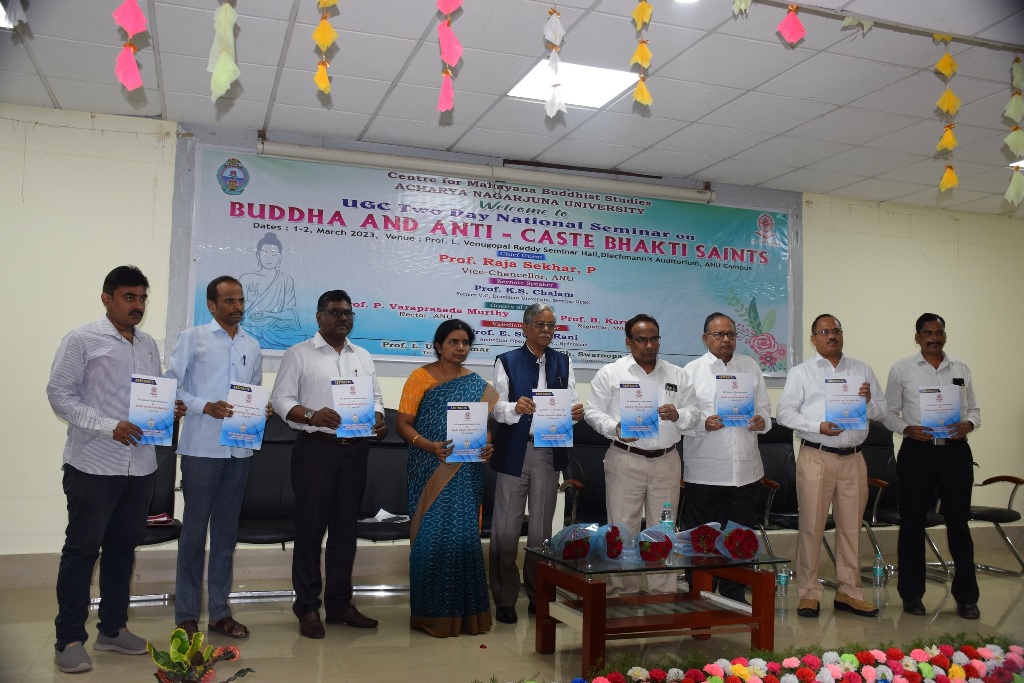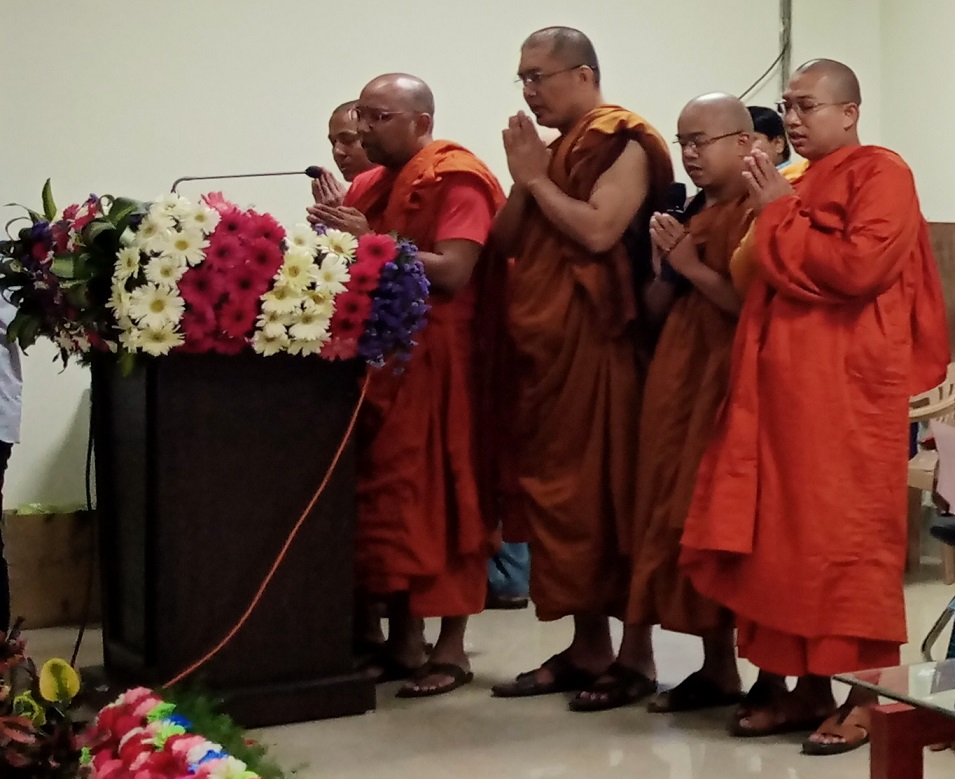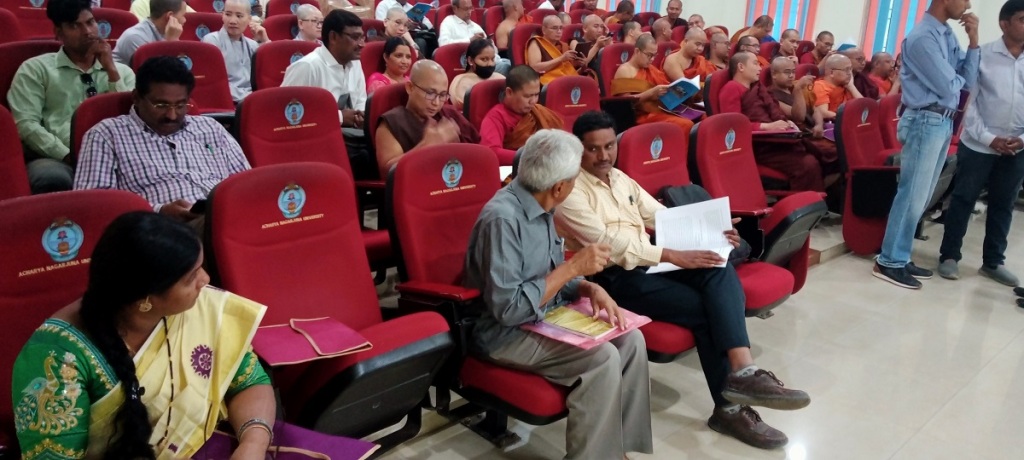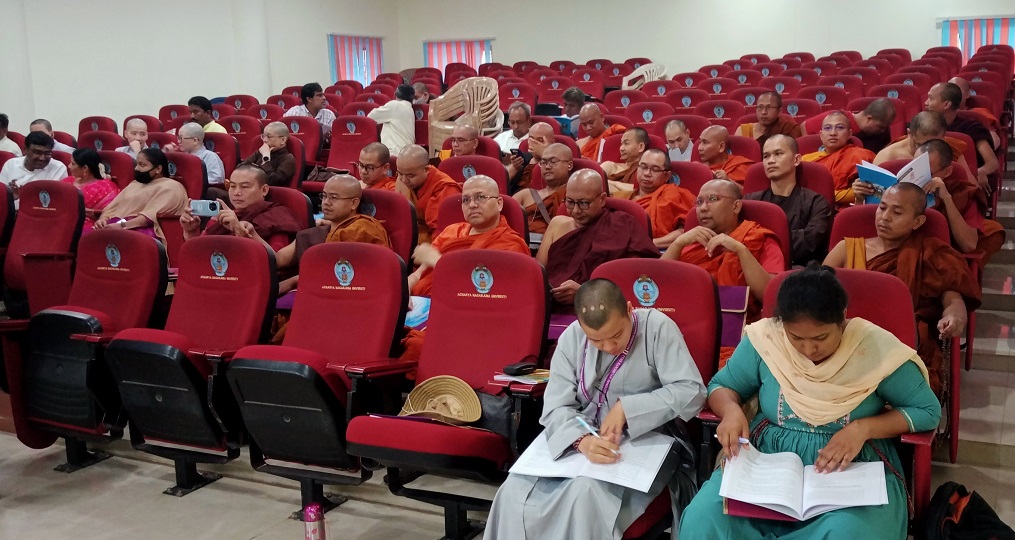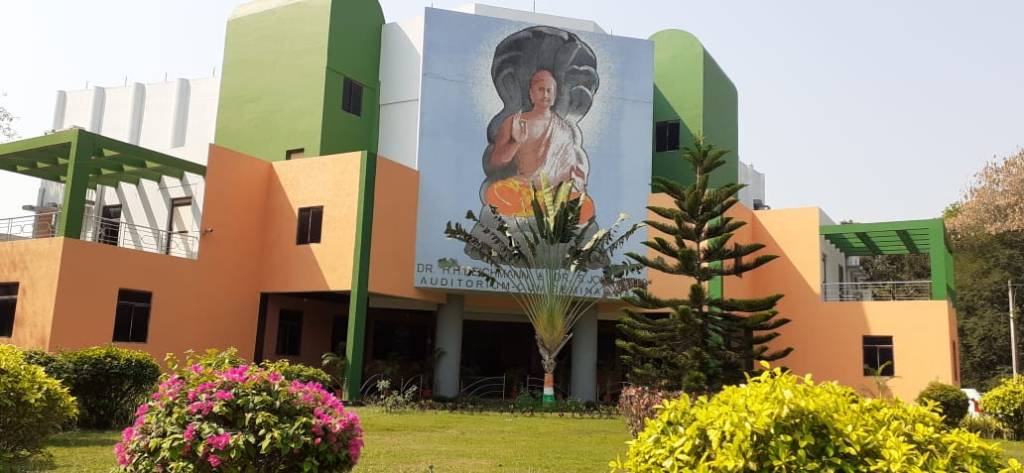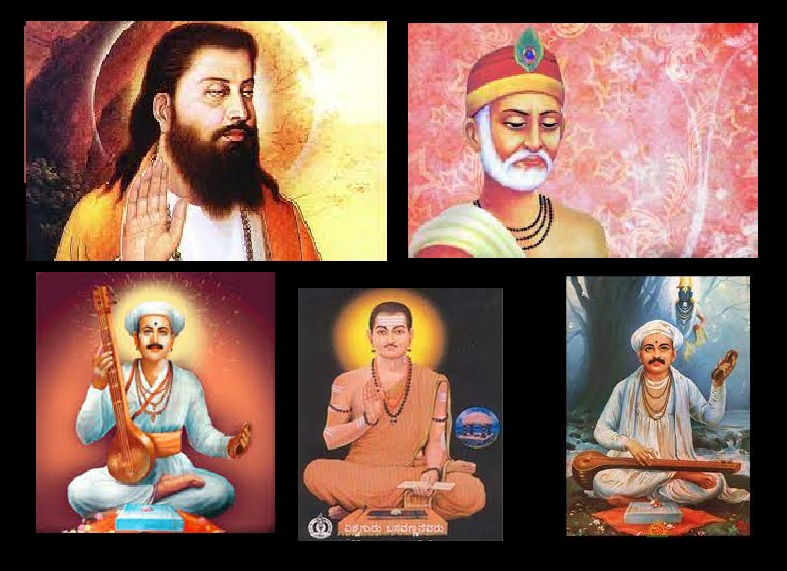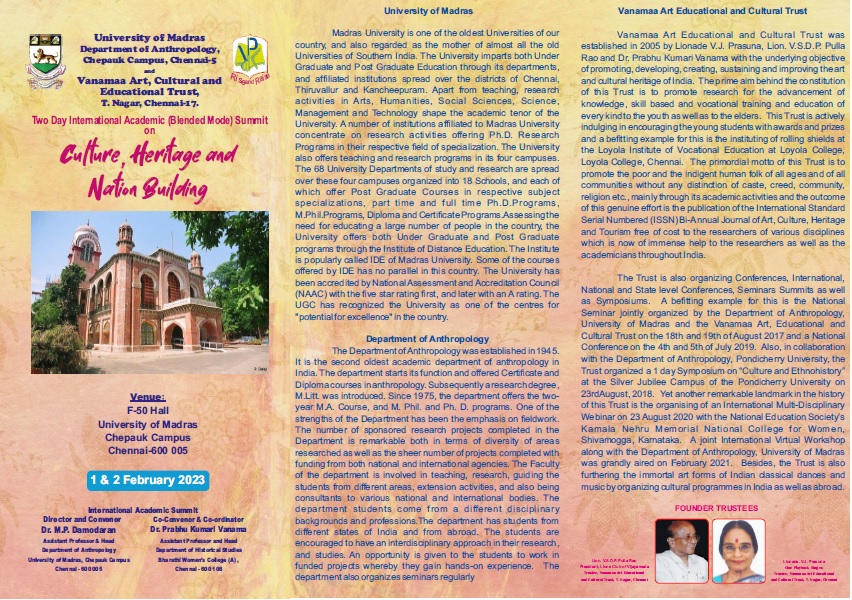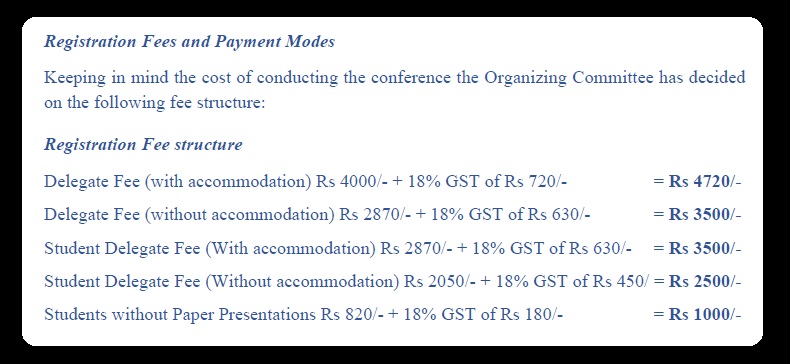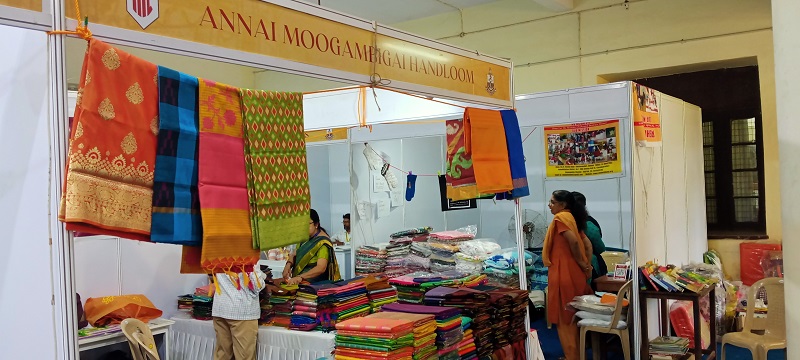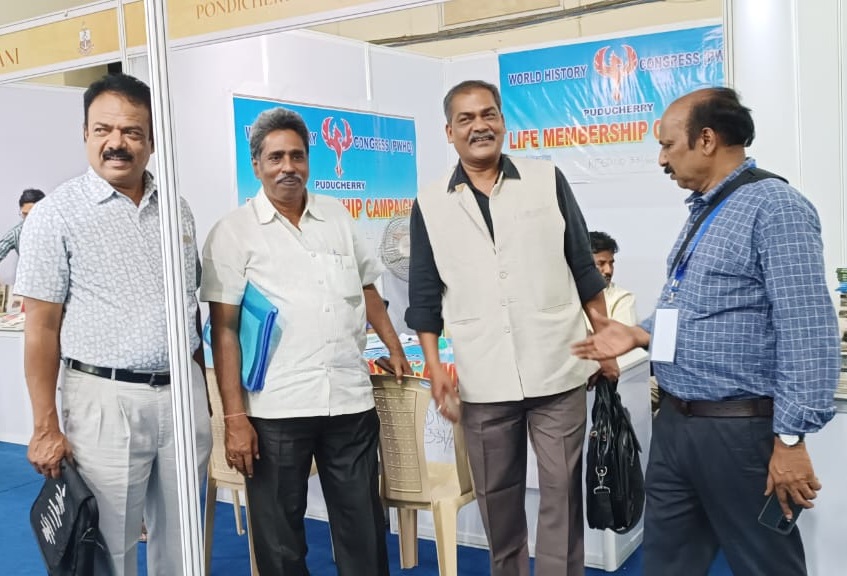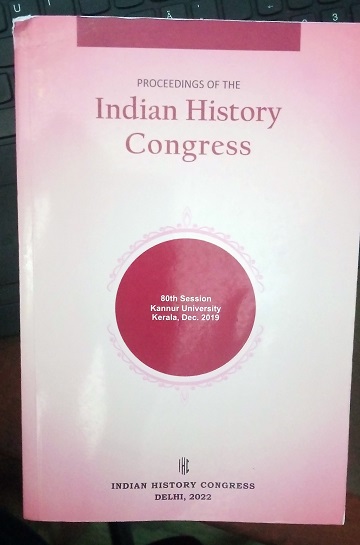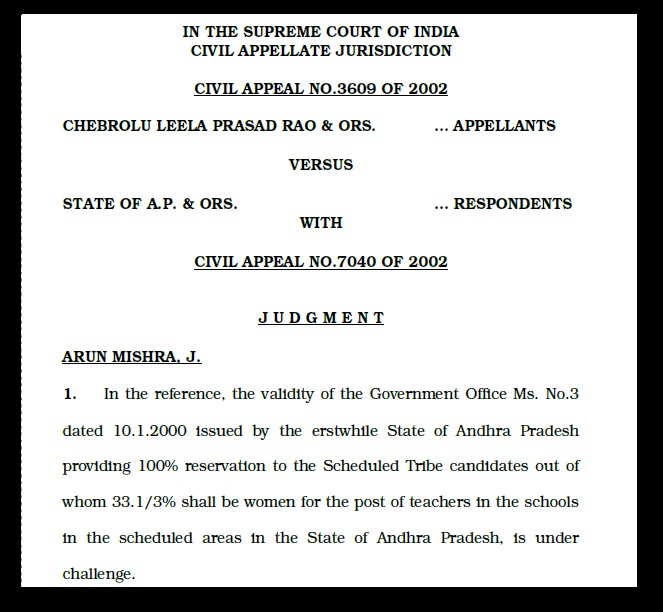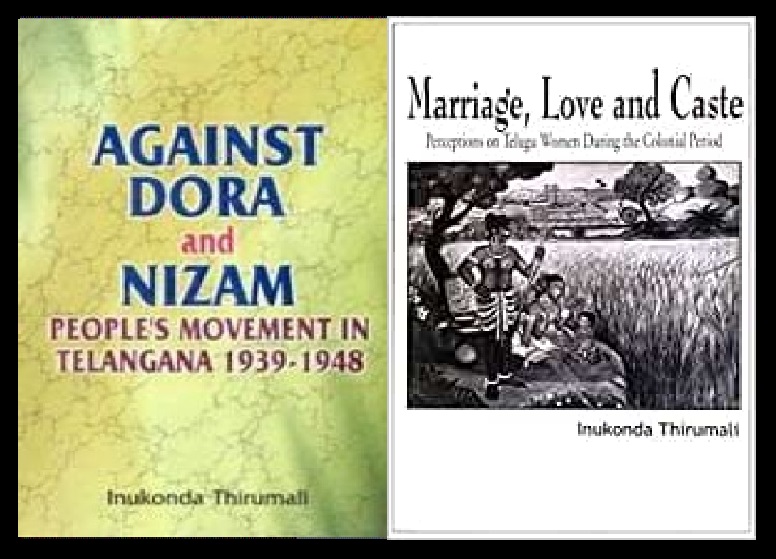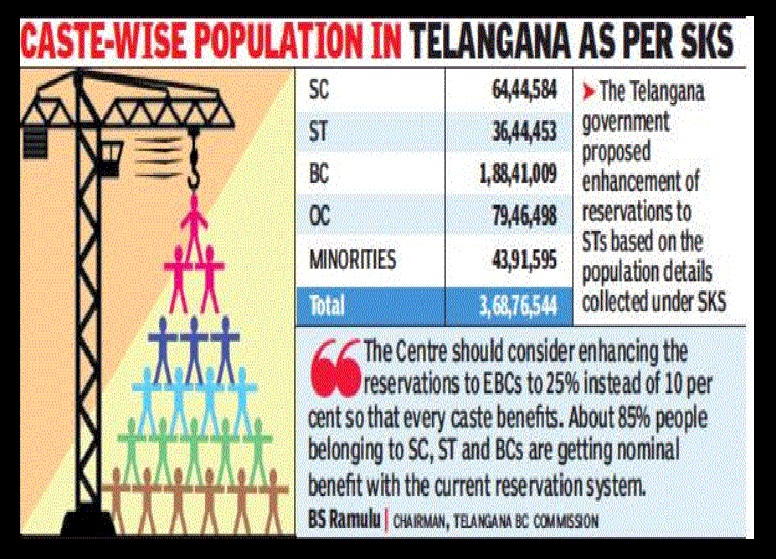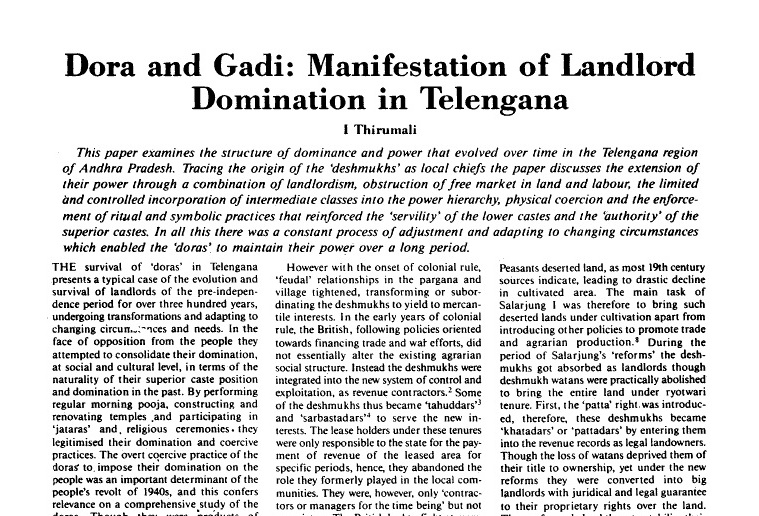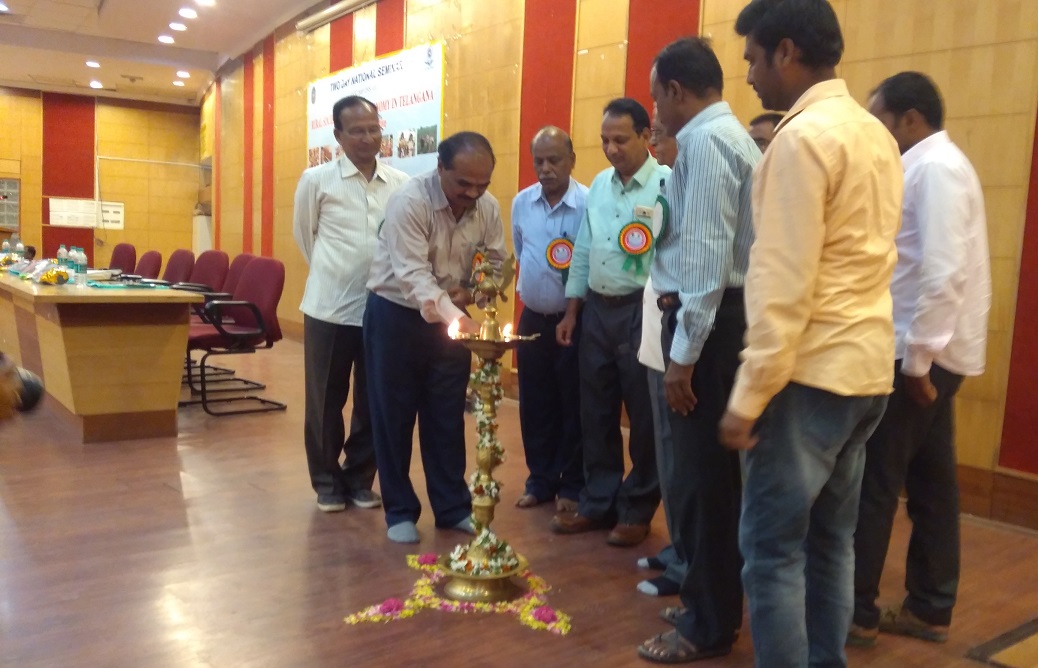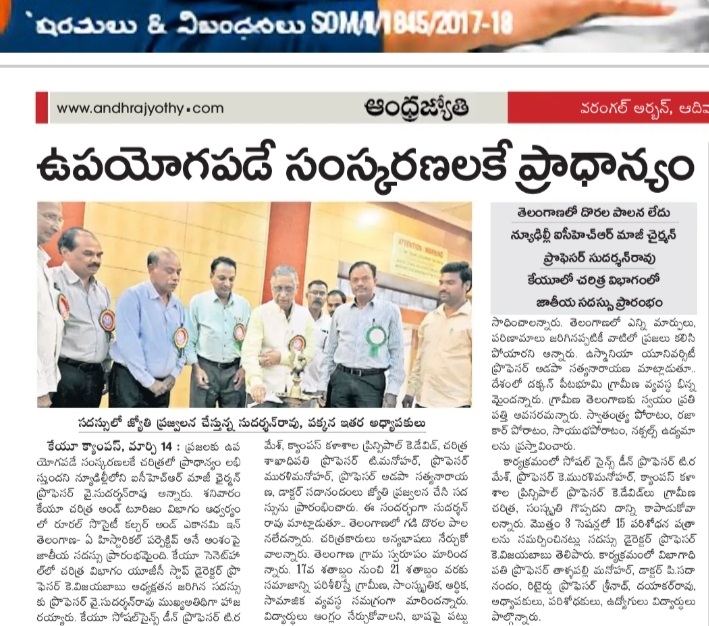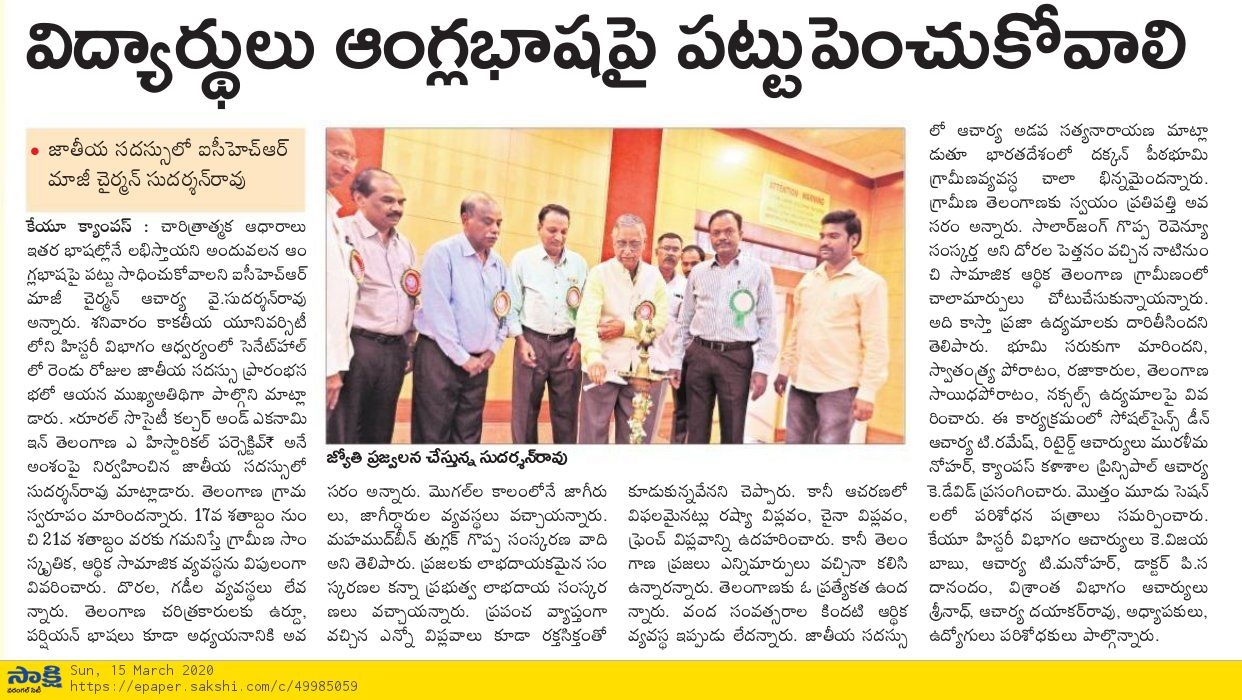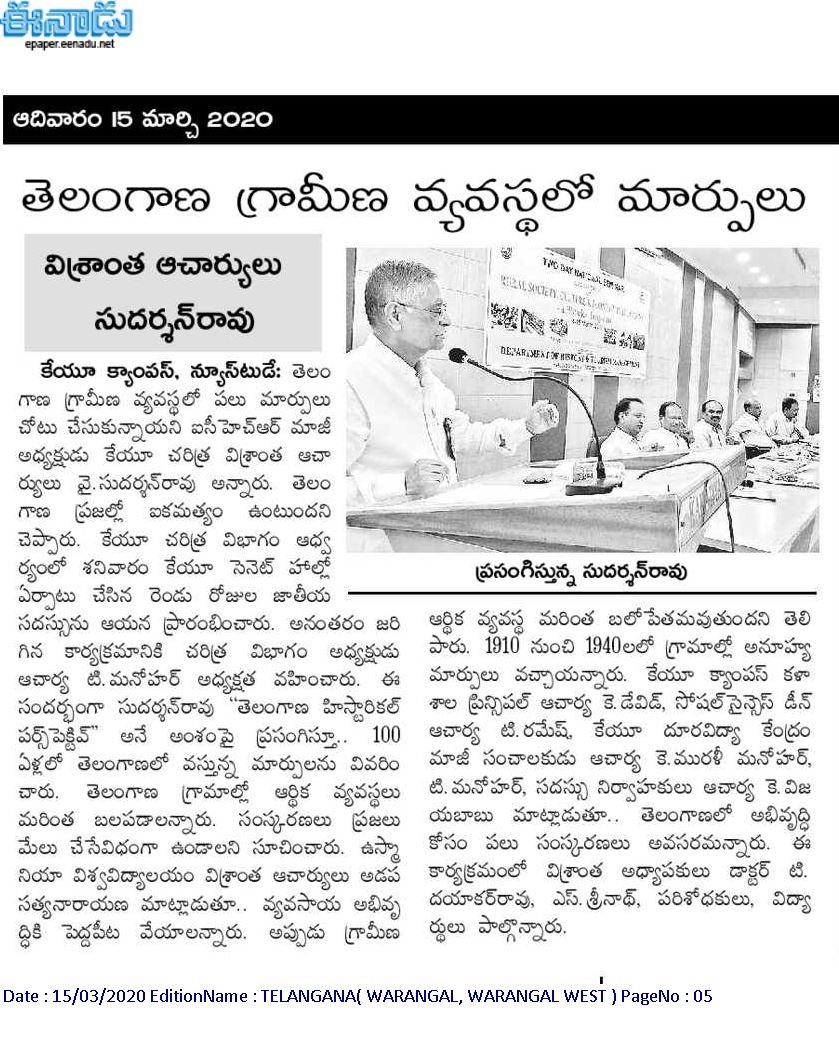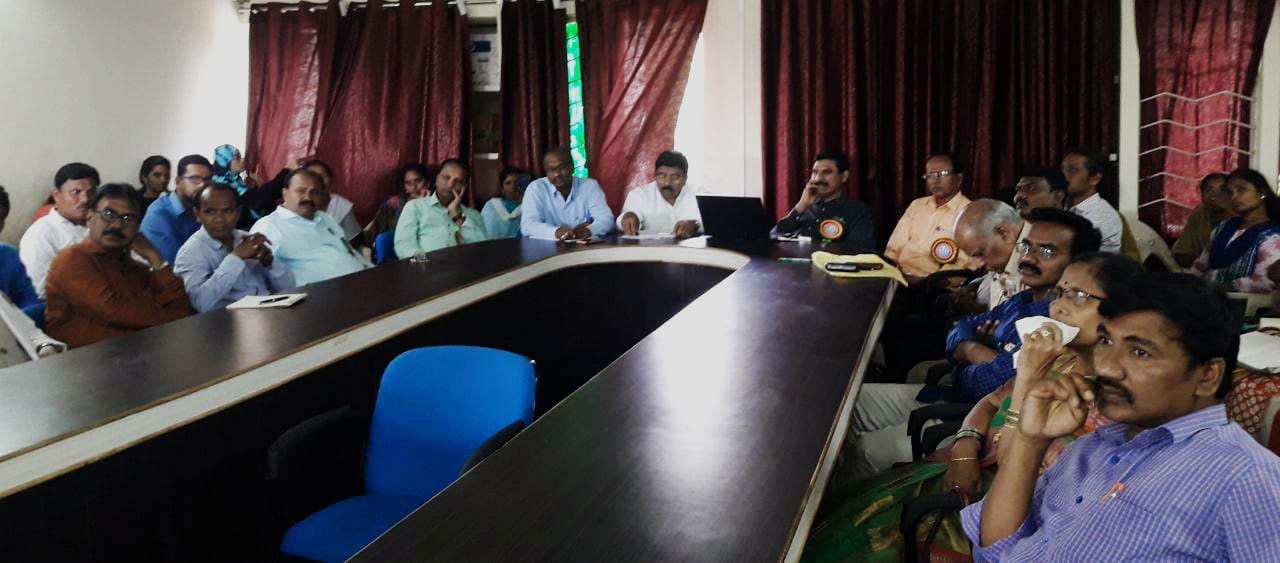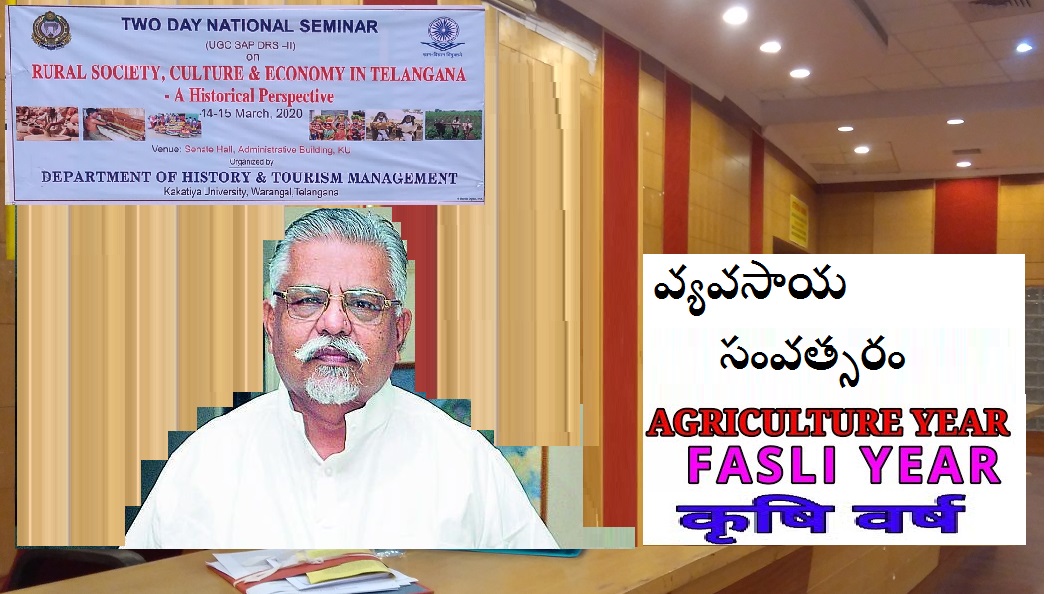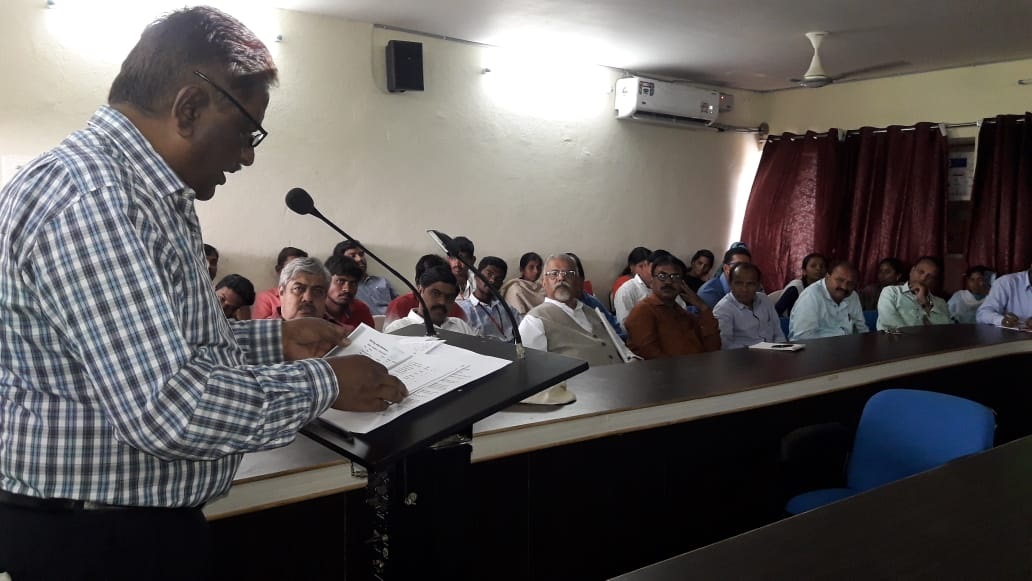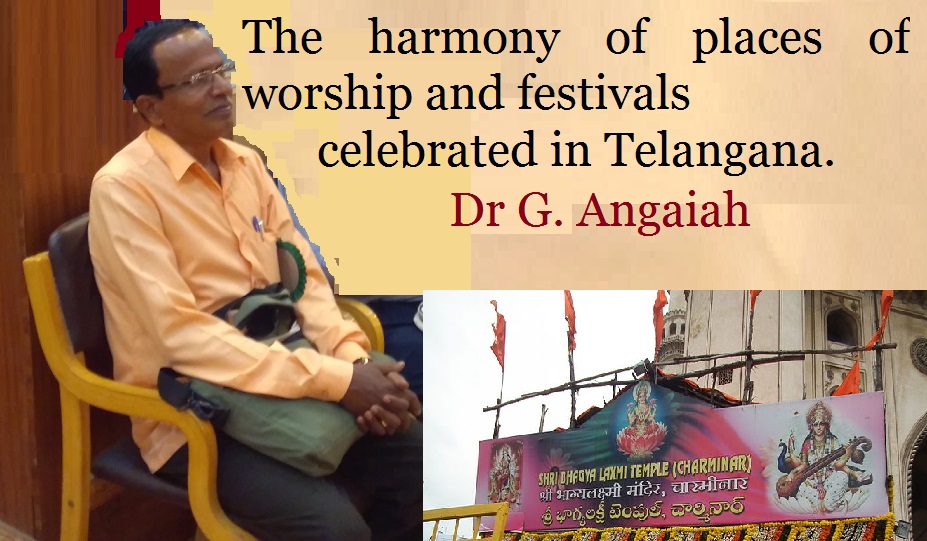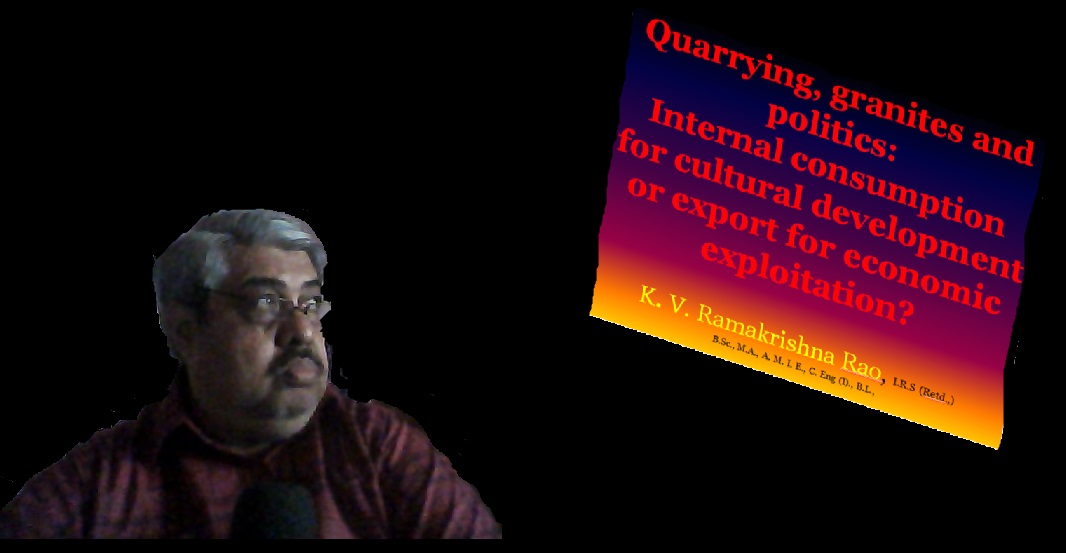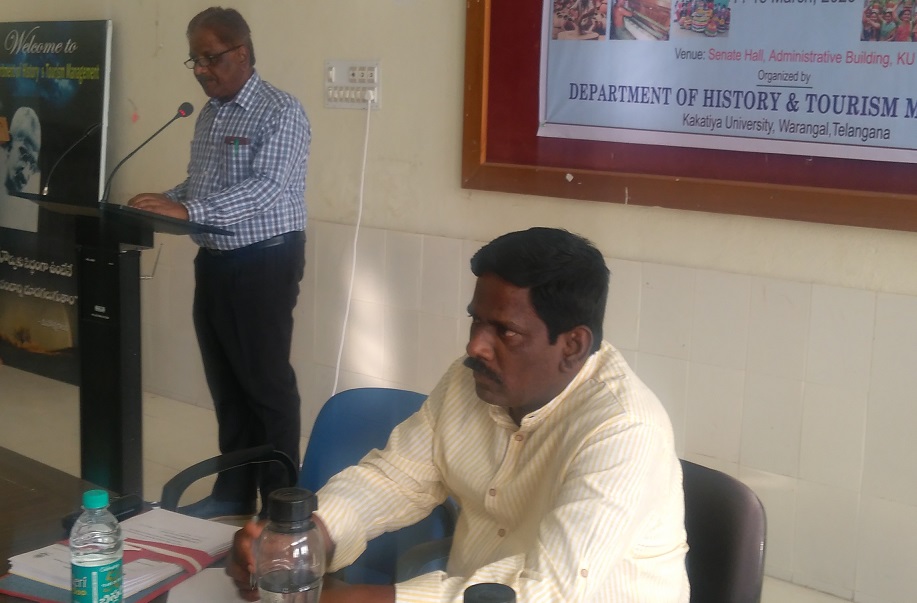The Proceedings of the 82nd session of the Indian History Congress held at the Kakatiya University (1)
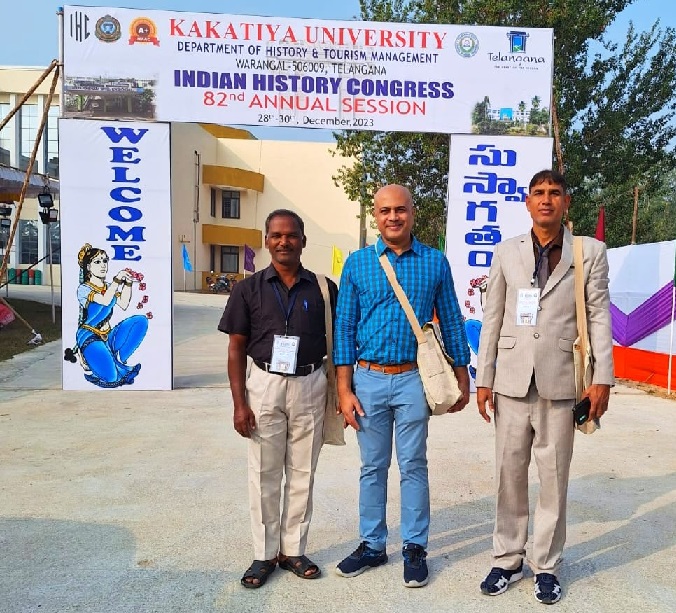
Delegates arriving Kakatiya University: The Kakatiya University hosted the 82nd annual session of the Indian History Congress (IHC) from December 28th to 30th 2023 after 30 years[1] i.e, after 1993. Registrations commenced on December 27th, with dedicated desks set up at Warangal and Kazipet Railway Stations and the university premises[2]. These stations facilitated delegate pickups, ensuring a smooth transition to the Kakatiya University venue. It is reported that 1,500 delegates registered for the Conference. The delegate fees of Rs 5,000/- was considered to be heavy by the delegates[3]. After registration, they were allotted accommodation at different places – within the University campus and outside. As the organizers expected more than 1500 delegates would come, they arranged accommodation at various lodges, hostels and guest houses. Food was provided at the conference venue within the Kakatiya University campus.

Kakatiya University is a very frequently visited place: The Kakatiya University campus has not been new to me, as I visited many times to attend national and international seminars and conferences for the last 30 years. In fact, I attended the 53rd session of IHC in 1993 and presented a paper, “Self-determination, secession and sedition.” Arjun Singh, the then Minister descended there by helicopter to inaugurate the session, as there was a Naxalite threat. The delegates were virtually kept in the security zone, till he came and went away after inauguration. The IHC organizers were so happy, as he announced funds of Rs 5 lakhs. As long as Dr Badru Naik was in charge of the Dr Ambedkar Study Centre, I used to come every year to present papers. After his retirement, I stopped receiving any messages from them. The last seminar attended was in 2020[4], when the seminar was cut short abruptly and the outstation delegates to leave, as the Government declared a complete “Lock down” because of Corona spread. Had I delayed one day, I might have locked up at the campus of Kakatiya University. Fortunately, I left by evening to catch a train and return to Chennai. This time, I could not attend, as I was preoccupied with other work.

28-12-2023 (Thursday): The inaugural session of the IHC was held at the KU auditorium with the office bearers and KU VC and others. As usual, the inaugural session went on with the routines. The lighting of lamp also went on with the learned historians with their shoes on. Though, I have been watching this for the last 40 years and recording in the blogs, this continues. Only one or two conscious persons remove their shoes or chappals and light the lamps. The rituals of installation of a new President etc., facilitations, releasing proceedings, books, booklets continued. Then, the best paper awards were also given. Though Ramachandra Guha was to be honoured for the “Life-time-Achievement” Award, he did not turn up. However, it was reported in the media.

Jawaharlal Nehru in Our Past, Present and Future – Aditya Mukherjee: Expressing grave concern over the growing communal politics in the country, the newly elected General President of the Indian History Congress (IHC), Prof Aditya Mukherjee stressed the need to embrace the ideology of former Prime Minister late Jawaharlal Nehru which will help ‘to explain our present and chart out a vision of the future’[5]. Delivering the General President’s address on “Jawaharlal Nehru in Our Past, Present and Future” at the 82nd Session of Indian History Congress soon after his installation at the Kakatiya University (KU) campus here on Thursday, Prof Mukherjee said[6], “It is because of what Nehru stood for that he is demonized so blatantly by the communal forces today. All kinds of lies and abuse are spread about him using the massive propaganda machinery that the communal forces command today. Nehru is blamed for all of India’s problems for the partition of the country.”

A book called 97 Major Blunders of Nehru has now been expanded to “Nehru Files: Nehru’s 127 Historic Blunders: Detailing the attempts to tarnish the image of Nehru by the RSS, he said, “A book called 97 Major Blunders of Nehru has now been expanded to “Nehru Files: Nehru’s 127 Historic Blunders”. The list keeps growing as new ‘facts’ are invented. He is even said to have a secret Muslim ancestry.” “The demonizing of Nehru and the values he stood for could only be done by distorting history and that is what communal forces have done blatantly,” Prof Mukherjee alleged. Summing up his speech, Mukherjee said “Nehru’s fantastic efforts to raise India from what Tagore called the ‘mud and filth’ left behind by the British has now been replaced with the Indian people being pushed back into that same ‘mud and filth’ of ignorance, obscurantism, dis-empowerment, unfreedom and above all communal hatred.”

S.A.N.Rezavi – reduction of historical events to mythology and the divisive forces attempting to warp historical truths: S.A.N Rezavi, the Secretary of the Indian History Congress (IHC), accentuated the organization’s commitment to safeguarding a factual comprehension of history[7]. He warned against the reduction of historical events to mythology and the divisive forces attempting to warp historical truths[8]. In his address, Rezavi hailed the IHC for its steadfast role in upholding historical understanding, even during trying times such as the Emergency period in India.

Chief Guest also repeated the same details: Guest of Honour Mridula Mukherjee and presidential speaker Aditya Mukherjee both articulated their concerns against the emergence of exclusionary nationalism. They championed the values of equity, secularism, and democracy, as enshrined in the Indian Constitution, advocating for a history that reflects these values. She flayed the incumbent government at the Centre for its attempts to misuse and distort Indian history. She stressed the need to stand up against the assault on democracy. Really, it is surprising as to why they hd chosen to attack their political opponents, instead of delving upon the issues related to Indian history. As most of their discourses appeared to have been spent only to condemn the BJP, RSS etc., it is evident that perhaps, they had set an agenda to come and delivered their speech accordingly.

What Mridula Mahajan and Aditya Mukherjee told to the media: Mridula Mahajan says, “IHC is the largest and most representative organization of Indian historians, very large number s and it always played a leading role in setting a path fooor Indian history in this country and it stands against any kind of attempt topush Indian history revivalist, sectarian, narrow directions. It always recognized scientific approach to history, broad approach to history, linking with history of other countries…”
Aditya Mukherjee says, “…it is the biggest professional historians. It started in as early as 1930s during the national movement. It is the most representative professional body.it stands up for the values of our national movement that democratic, scientific values of our national movement and as promoted history in this country in a manner across the country that we are proud that the Indian historiography is considered one of the best in this world. Today. The role of Indian History Congress in that way is very great and we are very very grateful that Kakatiya University is once aain holding this Indian History Congress……”

KU VC stressed for secular and scientific history: KU VC, Prof T Ramesh, who presided over the programme, has praised the IHC for its secular and scientific study of history. He reminded the audience that the KU hosted the IHC in 1993. Registrar Prof Srinivas Rao, outgoing General President of IHC Prof Kesavan Veluthat, and several other noted historians were present. The slogan, “secular and scientific study” of history has also been going on for many years, perhaps from Goa session, 1987, none could understand the so called “secular and scientific ” procedure applied in their historical research, writing and discourses. By blaming BJP, RSS, Bajrang Dal, VHP and all other Right wing ideologists, these self-claiming secular-scientific brigades too have not changed during the last 40-50 years, as I have been carefully noting and watching.
© K. V. Ramakrishna Rao
31-12-2023

[1] The Hindu, Kakatiya University to host IHC 82nd annual session from December 28-30, Hanamkonda, The Hindu Bureau, , December 27, 2023 12:45 am | Updated 12:45 am IST –
[2] https://www.thehindu.com/news/cities/Hyderabad/kakatiya-university-to-host-ihc-82nd-annual-session-from-december-28-30/article67677375.ece
[3] Delegate Fee for All (with Hotel Accommodation) Rs 5000/- on Sharing Basis,
Delegate Fee for All (with KU Hostel Accommodation) Rs 2500/- on Sharing Basis,
Delegate Fee for Research Scholars / Students (Without accommodation) Rs 2000/- .
[4] The National Seminar on Rural Society, Culture and Economy in Telangana – Historical Perspective – held at the Kakatiya University on March 14th and 15th 2020.
I presented a paper on “Quarrying, granites and politics: Internal consumption for cultural development or export for economic exploitation?”.
[5] The Hindu, Indian History Congress calls for a scientific approach to our past, Serish Nanisetti, Warangal, December 28, 2023 12:48 pm | Updated 12:48 pm IST
[6] https://www.thehindu.com/news/national/telangana/indian-history-congress-calls-for-a-scientific-approach-to-our-past/article67682642.ece
[7] BNN, 82nd Indian History Congress Commences, Emphasizing Secular and Scientific Perspective, By: Dil Bar Irshad, Published: December 28, 2023 at 5:36 am EST.
[8] https://bnnbreaking.com/world/india/82nd-indian-history-congress-commences-emphasizing-secular-and-scientific-perspective/

Filed under: academic, academicia, Aditya Mukherjee, ambedkar, ambedkar ideology, andhra, anti-brahmin, anti-caste, anti-hindu, anti-india, anti-indian, anti-vedic, book, certificate, character, dalit, dating, emotion, freedom of expression, freedom of press, gandhi, gender, historian politician, historical politician, historicity, historiography, historiosophy, history curriculum, history ideology, history usage, history useful, history useless, ideological, ideology, Indian History Congress, Irfan Habib, JNU, kakatiya, kakatiya university, kazipet, marxism, Marxist historian, Marxist-Leninist, Mridula Mahajan, nationalism, nationality, objectivity, S.A.A. Rizvi, S.A.N Rezavi, warangal | Tagged: Aditya Mukherjee, communal, historian, indian history, Indian History Congress, kakatiya, kakatiya university, mridula, Mridula Mahajan, S.A.N Rezavi, scientific, secular, warangal | 1 Comment »


